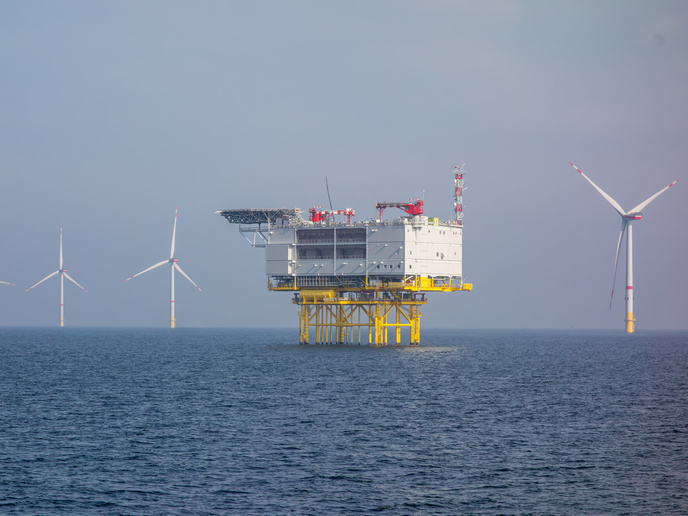High-tech coatings fight corrosion on high-performance structures
Corrosion, the chemical or electrochemical degradation of metal, can lead to structural failure, financial loss, health hazards and environmental pollution. The dangers presented by corrosion are particularly relevant to high-stress infrastructure such as airplanes and offshore oil rigs. The COAT4LIFE(opens in new window) project, with funding from the Maria Sklodowsa-Curie Actions programme (MSCA)(opens in new window), aimed to develop environmentally safe multifunctional coatings to combat corrosion of commonly used metals and their alloys. COAT4LIFE built on the work of the MSCA-funded project SMARCOAT, which was completed in 2018. COAT4LIFE provided young researchers and company staff the opportunity to work in different environments with different people, often in different countries, leading to the cross-pollination of ideas in a field critical to the future of Europe’s low-carbon economy.
Green solutions and corrosion protection
Nothing lasts forever, not even metals, which are among the most durable materials in the world. To extend the lifespan of metals, industrial stakeholders seek protective coatings for metallic surfaces. As project coordinator João Tedim says: “Active corrosion protection plays a key role when coatings start to fail due to the combined effects of temperature, humidity, the presence of aggressive species, mechanical damage and UV exposure, all conditions found during the service life of metallic structures.” Increasing the durability of metallic structures will support the circular economy, and the eco-friendly focus of the project will ensure that solutions have minimal environmental impact. COAT4LIFE focused on two types of coating systems: a temporary biodegradable covering used for transport and novel polymers intended for long-term coating. In addition to assessing performance factors, the project conducted ecotoxicity studies and lifecycle analysis of proposed coating elements. The project was successful in meeting its eco-friendly goals. “In COAT4LIFE we developed environmentally friendly polymers used as binders in coating formulations. These were combined with different nanoadditives to obtain multifunctional coatings, capable of protecting and detecting corrosion onset in metallic substrates while at the same time reducing environmental impact,” shares Tedim.
Nanoadditives for multifunctional coatings
The project’s multifunctional approach has two distinct branches. Smart nanosensors(opens in new window) allow for early detection of corrosion. These additives are stimuli-responsive and change colour in the presence of early-stage corrosion triggers. Early detection of corrosion allows stakeholders to quickly address asset deterioration. Machine learning proved a valuable tool in identifying promising corrosion inhibitors for smart coatings. This avenue of research has led to multiple publications(opens in new window) and conference presentations. Smart coatings are based on encapsulated/immobilized additives with a triggered release mechanism. “When the conventional coating barrier effect is no longer providing full protection, nanoadditives start releasing corrosion inhibitors. These small chemical species diffuse into the exposed metals, thereby inhibiting corrosion processes,” Tedim explains. The project developed several nanomaterials which were evaluated in terms of performance and environmental impact. While compatibility between nanoadditives and coating formulations was often a challenge, two formulations –one for aluminum alloys and another for steel – were validated in standard and field tests. These solutions out-performed existing products and met the project’s high environmental standards. COAT4LIFE contributions to anti-corrosion coatings are an important step towards improving the safety, circularity and performance of metallic structures in high-performance sectors. Additionally, the knowledge sharing supported by the project promises more developments in the future.







